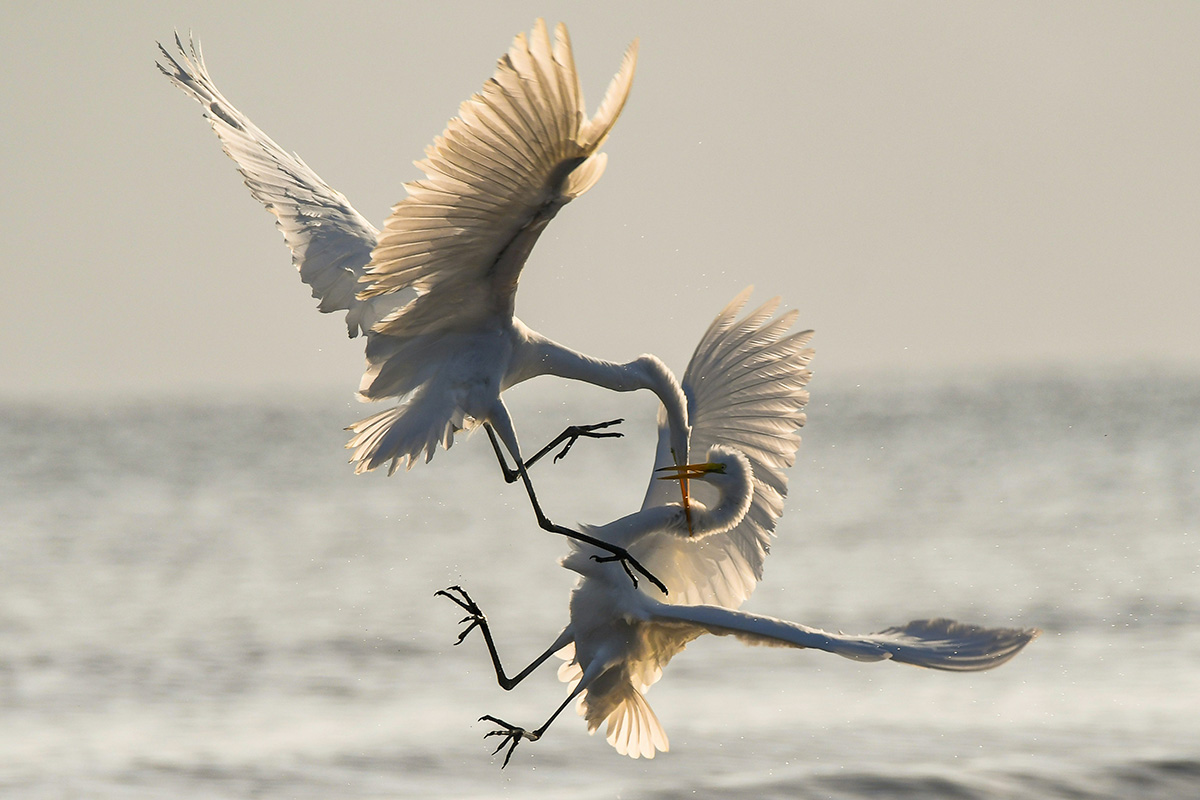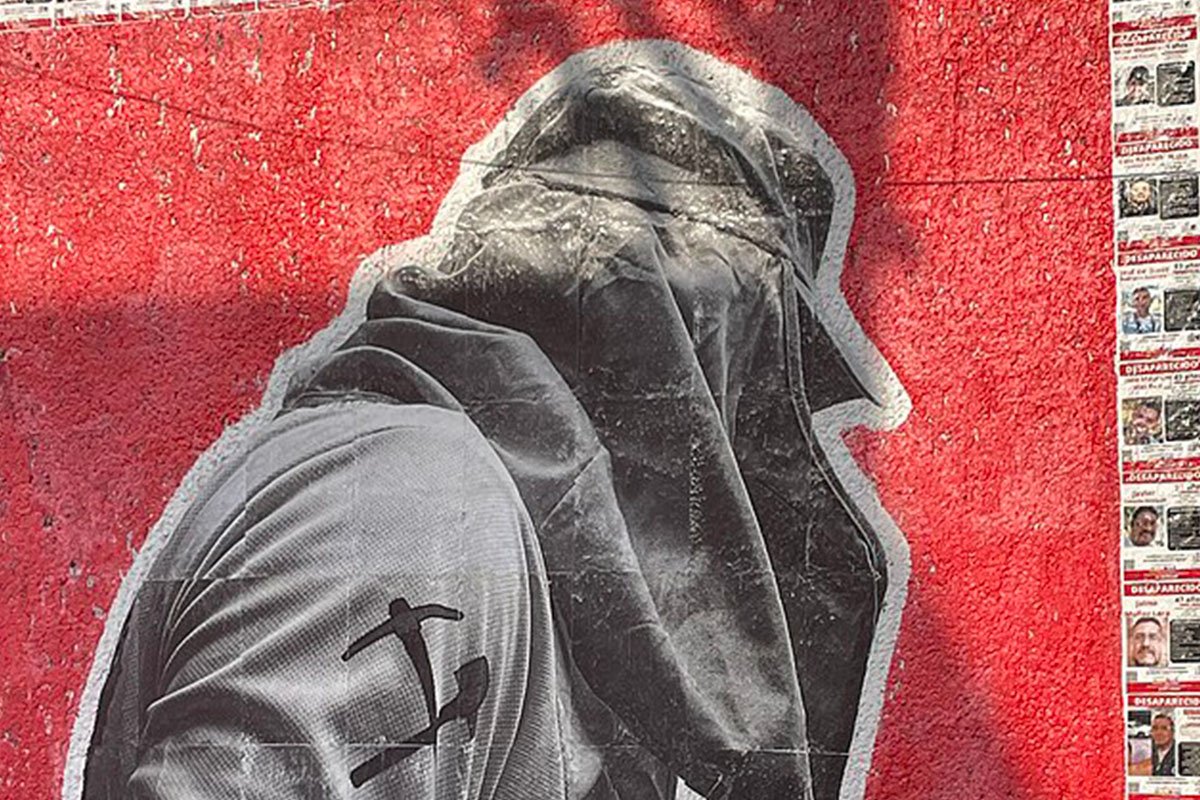
In communities across the globe, women are at the forefront of defending the environment. They protest extraction industries like mining and polluters like factories. They protect nature reserves, wild land, plants, and wildlife, and work to keep the air and water safe for their communities. For some women, such defense can come at a cost: physical violence, imprisonment, threats, and even assassination.
A new study, published June 12 in Nature Sustainability, has found that environmental defenders who are women face violence for their actions. In the global analysis, conducted by the Institute of Environmental Science and Technology at Autonomous University of Barcelona (ICTA-UAB) and by the University of Helsinki, researchers studied over 500 documented cases of violence against women environmental defenders. In 81 of the cases, a woman was assassinated, as Grist reports, “whether by the state, an organized criminal group, a business interest, or some combination of the three.”
Grist documents one such story, that of Sandra Liliana Pena, a human rights and environmental defender in Columbia. After protesting illicit crop cultivation, Pena, the governor of an Indigenous reserve, was killed by four assailants in April of 2021. The identities of her assailants are still unknown.
The new study found “extrajudicial killings predominantly occurred in Latin America, Asia and Africa,” but six of the assassinations occurred in the United States and Europe. The study also documented violence such as abusive targeting. Women environmental defenders were subjected to, as Grist writes, “more common forms of environmental harassment includ[ing] displacement, repression, criminalization, and non-deadly forms of violent targeting.”
An Escalating and Underreported Issue
The United Nations describes environmental defenders as “individuals and groups who, in their personal or professional capacity and in a peaceful manner, strive to protect and promote human rights relating to the environment, including water, air, land, flora and fauna,” and notes such defenders are “highly vulnerable and under attack across the globe.” According to the UN, at least three people per week are killed defending the environment while “many more are harassed, intimidated, criminalized and forced from their lands.”
Earlier this year, Manuel Esteban Paez Terán was shot and killed by police while attempting to protect an urban forest in Atlanta, Georgia. His death is believed to be the first environmental defender death in the United States, as reported by the Guardian. But stories of violent assaults against defenders, in the United States and across the globe, have been accumulating for years and escalating in intensity.
“Violence against women environmental defenders is largely underestimated.”
The Guardian writes that Terán’s death, in which he was allegedly shot multiple times, “follows an alarming pattern of environmental and land rights defenders across the US being threatened, arrested and charged with increasingly drastic crimes, including terrorism, for opposing oil and gas pipelines or the destruction of forests or waterways.”
In 2020, over 200 people were killed while defending the environment, according to NPR, which called it “the deadliest year ever for land and environmental activists.”
One of those killed that year was Fikile Ntshangase, a South African woman who spoke out publicly against a coal mine in her small town, which she believed may have been responsible for cracks appearing in people’s houses. She also raised the alarm about coal dust in the air. Ntshangase was later killed by three armed men who came into her home.
Sign up for our free newsletters
Subscribe to NPQ's newsletters to have our top stories delivered directly to your inbox.
By signing up, you agree to our privacy policy and terms of use, and to receive messages from NPQ and our partners.
But in summarizing the Nature Sustainability report, ICTA-UAB writes: “When environmental defenders facing violent retaliation are women, incidents are often not documented due to censorship and lack of data. As a result, violence against women environmental defenders is largely underestimated.”
Defying Gender Roles Leads to Retaliation
“When women then speak out against environmentally destructive projects or attempt to defend their communities from them, such action “defies gender expectations.”
In the 523 cases of violence against women environmental defenders studied in the report, researchers found violence occurred regardless of the gender equality or government policies concerning gender in victims’ home countries. The report theorized that across the globe, gender was related to violence “because extractivism [extracting natural resources for exportation] exterminates community leaders and dismantles previous gender relation schemes. Such cultural erasure and persecution centres power in masculinized industries owing to workforce composition, cultures of production, and its reliance on exploitation of women’s imposed caretaking roles to compensate for not investing in communities.”
As the report states, “Corporations and states typically concentrate power among men during project negotiations, limiting women’s autonomy and normalizing their oppression.” When women then speak out against environmentally destructive projects or attempt to defend their communities from them, such action “defies gender expectations of docility (lack of retaliation) and sacrifice (absorption of extractive consequences).”
Vulnerable Communities
While violence against women environmental defenders occurs globally, researchers also discovered incidents have been concentrated in the geographical South and happened most frequently in industrial conflicts, mining, and agribusiness. This finding is significant as extractive projects like mining or industries that exploit natural resources tend to concentrate in communities that are Indigenous, rural, or poor.
“When attacks are gender-based it is even more difficult to get justice.”
In addition, the study argues that deforestation projects also target women defenders specifically because land ownership is unequal, with more men owning property.
The study is an important step in documenting and accounting for violence against women environmental defenders, and unpacking why women are at increased risk of harm. But as Grist points out, documentation “is not the same as finding justice.”
Many survivors of women killed for their environmental defense are still seeking answers. As Amnesty International campaigner Graciela Martinez told Grist, “It is important to keep pushing for justice, as there is a lot of impunity. When attacks are gender-based it is even more difficult to get justice.”











